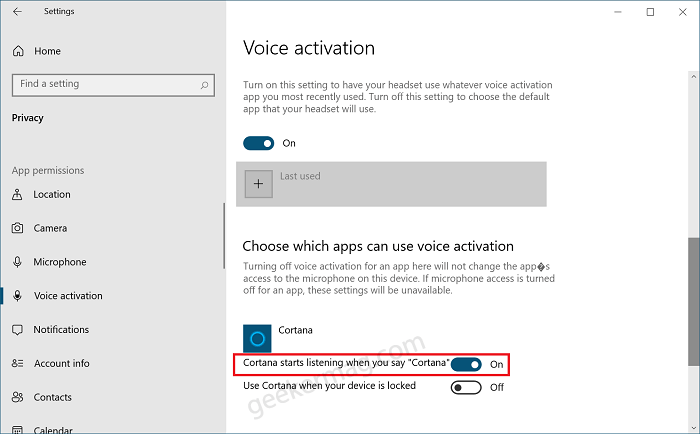



You see, the Notebook is where Cortana stores the tidbits it learns about you, and it'll conduct a quick interview with you the first time you fire it up to get a sense of what you're about. Then you'll start poking around in the Notebook, and that's when Cortana's reach really sinks in. Maybe you'll even turn on the "Hey Cortana" option to get its attention without having to click a button. Now, if you're anything like me, the first few moments talking to Cortana will be spent pushing her limits, trying to figure out what she can answer, what she can't and how weird you can get before she refuses to help. Sometimes it seemed to work just as well with a headset as it did through my computer's built-in mic, which is to say not always great - for every two or three shockingly well-rendered requests, there was a moment where Cortana would shrug her virtual shoulders and admit it "couldn't help me with that." Still, that's not a terrible hit rate, and it should only get better over time. Talking to it is infinitely more interesting, if a little hit-or-miss depending on your hardware configuration. To start, you can peck out questions and queries in Cortana's search box, but man is that dull. For many, this will be the first time they could talk to a computer and get a meaningful response back, so. Now, nearly three years and a push onto Windows Phone later, Cortana is finally saying hello to users from PCs around the world and those people are starting to say hello back. Just to make sure they nailed down the whole efficacy thing, Microsoft interviewed actual personal assistants to figure out what made them good at their jobs. The idea was to create something that actually worked like a proper assistant who would keep track of a user's likes and personality and tried to figure out what they needed most at a given moment. Before it took on the name of a beloved Halo character, Microsoft's digital assistant was called "Jarvis," a pretty obvious nod to Tony Stark's computer-bound companion in the Marvel Universe.


 0 kommentar(er)
0 kommentar(er)
